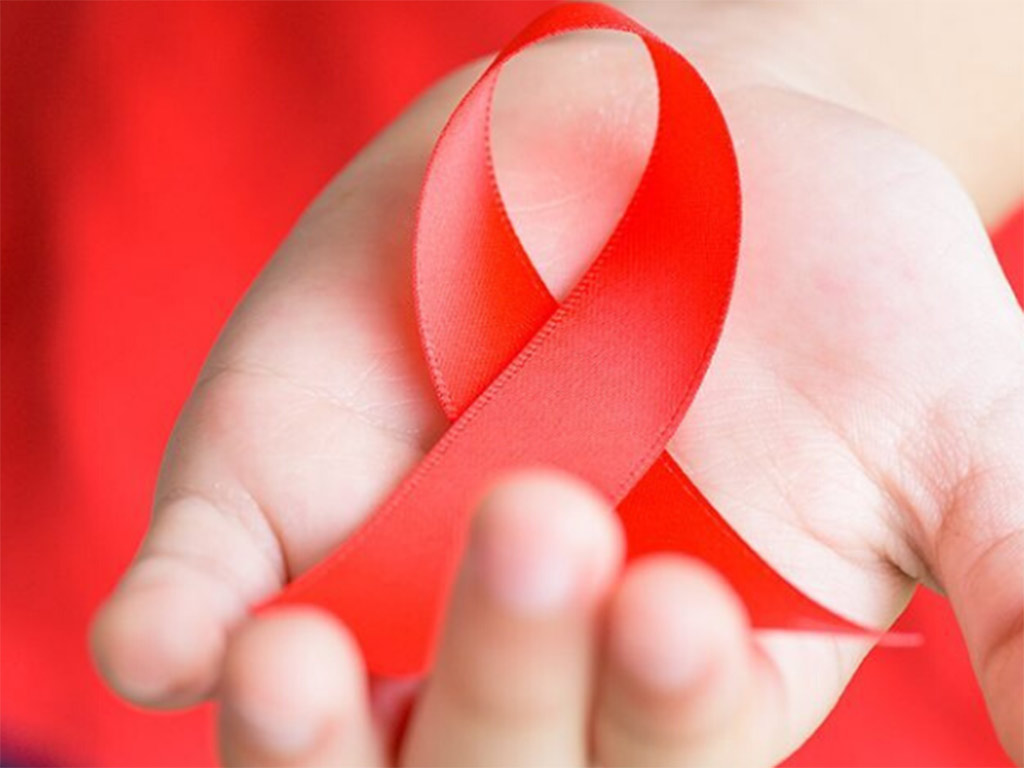Cuba celebrates today the International Day for the Response to HIV/AIDS with tangible results, thanks to a multi-stakeholder program in the health sector and the work of communities.
Deputy Minister of Public Health, Carilda Peña, explained that in Cuba around 32 thousand people live with HIV, and during the entire pandemic 16 percent lost their lives.
This number of deaths, which is around 6,87 thousand, is decreasing to the extent that we have gained knowledge on the detection of the viral load at the right time and the advances in retroviral therapy, she said.
Today Cuba is using a first-world drug, which means that there are not 21 tablets, nor 14, but one a day, which makes the treatment more friendly for people living with HIV, Peña told Cuban television.
The Resident Coordinator of the United Nations System in Cuba, Francisco Pichón, highlighted the accompaniment of the various agencies he represents, while stressing the work in the communities for the achievement of the indicators that the Caribbean nation shows today.
The strength of community work has a lot to do with Cuba’s results in the response to HIV, and its low prevalence rates compared to other Latin American countries, he emphasized.
He stressed that Cuba has been successful in the early detection of the virus and the control of mother-to-child transmission.
In the Caribbean country, mortality related to AIDS is progressively decreasing and the incidence of this disease shows a tendency to stabilize.
Among the actions taken to control the disease are the implementation of a prevention, diagnosis and antiretroviral treatment program, in which around two million serological tests are carried out every year.
Cuba also shows encouraging results in the fight against HIV/AIDS, based on the implementation of new laboratories and guaranteeing the treatment of all patients with this disease.
Previously, the Ministry of Public Health stated that new laboratory platforms were installed to perform viral load analysis.
Such centers make it possible to know the serological status of the patient, his viral load and, after 12 months, to know if he has the virus in his blood.




